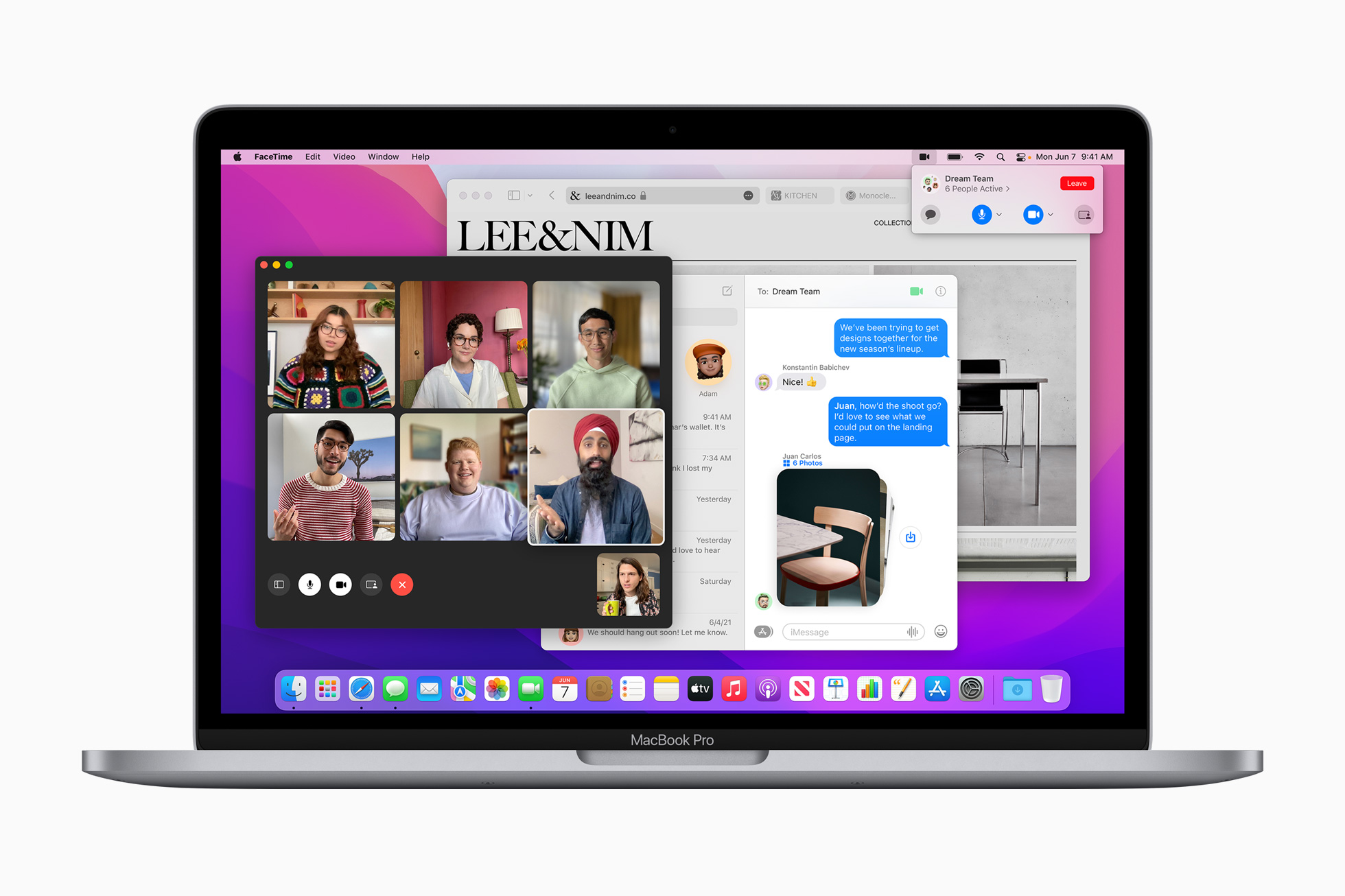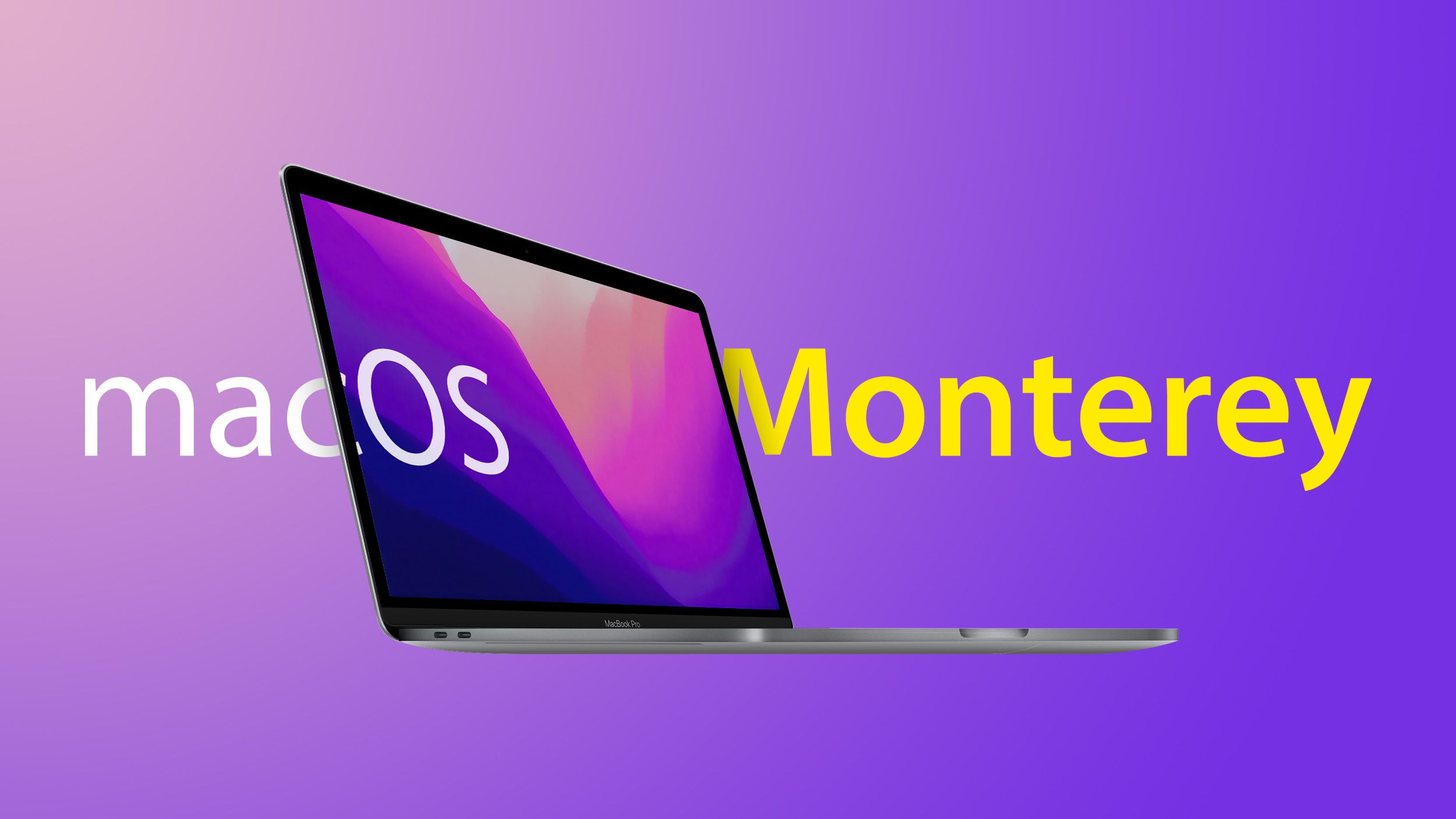

- #MAKE A OSX FOR A LAPTOP FOR MAC OS#
- #MAKE A OSX FOR A LAPTOP MAC OS X#
- #MAKE A OSX FOR A LAPTOP INSTALL#
- #MAKE A OSX FOR A LAPTOP SOFTWARE#
- #MAKE A OSX FOR A LAPTOP MAC#
Hackers looking to exploit data that provides access to passwords or your identity are particularly interested in getting their hands on this data. The computer’s drive will contain all of your emails, contacts, documents, and more-in other words, all of the sensitive data that you wouldn’t want to share with other people. Your computer and the external drives you may use store all of your personal data. But there are far less destructive ways to make sure your data is gone for good. Well, taking a sledgehammer or projectile weapon to your old machine is certainly one way to make the data irretrievable, and it can be enormously cathartic as long as you follow appropriate safety and disposal protocols.
#MAKE A OSX FOR A LAPTOP MAC#
See the Apple documentation on mount_smbfs at: įurther information on Mac printing is available at Mac printing in detail.What do I do with a Mac that still has personal data on it? Do I take out the disk drive and smash it? Do I sweep it with a really strong magnet? Is there a difference in how I handle a hard drive (HDD) versus a solid-state drive (SSD)? The typical way to mount the share is to use mount_smbfs in a boot script.
#MAKE A OSX FOR A LAPTOP INSTALL#
The mand resource script explained in the multi-user install above might help. The process can, however, be summarized as:Ĭonfigure the Macs to mount the pcclient share as a volume on login or start-up.Ĭonfigure a login hook to start the client off the share. The process of setting up zero-install deployment varies from network to network depending on the directory environment in use and administrator preferences. The advantage of this deployment method is that any updates applied on the server (and updates to the client directory) are automatically propagated to all workstations. Knowledge of the Mac's Unix underpinning and scripting is required.Ī more flexible option over locally installing the PCClient package on each Mac system, is to directly launch the client from the pcclient share. This deployment method is for advanced Mac network administrators and is suitable for medium to large Mac networks. Open System Preference from the Apple menu.Ĭlick + then browse and select the PCClient application. popup), configure the application to automatically open upon start up: In a school or university, shared accounts can be used to track printing by departments, classes, or subjects.

Organizations like legal firms, engineering firms, or accounting offices often have long lists of accounts, projects, clients, or matters. For example, in business, shared accounts can be used to track printing costs by business unit, project, or client. If the user needs the User Client for printing (for example, to use the shared account A shared account is an account that is shared by multiple users. Test the application by double-clicking the PCClient application icon in the system's local Applications folder. (If installing on a legacy system (OS X 10.6 or earlier), you must install the legacy client located in the legacy folder.) This executes a small AppleScript program that starts the install/copy process. For the most recent and up-to-date information on current best practices, see the Knowledge Base.ĭouble-click the client-local-install file.
#MAKE A OSX FOR A LAPTOP FOR MAC OS#
The legacy client will not receive future feature enhancements.Īpple has switched to a yearly release cycle for Mac OS X, which means it is difficult to keep this documentation up to date. It is a universal application that runs on both PowerPC and Intel hardware.
#MAKE A OSX FOR A LAPTOP MAC OS X#
The legacy client, which supports Mac OS X versions from 10.4 to 10.6. The current client, which supports Mac OS X 10.7 (Mountain Lion) and above.

The User Client is delivered in two flavors:
#MAKE A OSX FOR A LAPTOP SOFTWARE#
The PaperCut Mac User Client software is a supplied as a native Mac. Before installing the client software, review Mac printing in detail and first ensure printing is working as expected. It allows users to view their current account balance via a popup window, provides users with the opportunity to confirm what they are about to print, allows users to select shared accounts via a popup, if administrators have granted access to this feature, and displays system messages, such as the "low credit" warning message or print policy popups. This section covers the installation of the PaperCut User Client The User Client tool is an add-on that resides on a user's desktop.


 0 kommentar(er)
0 kommentar(er)
